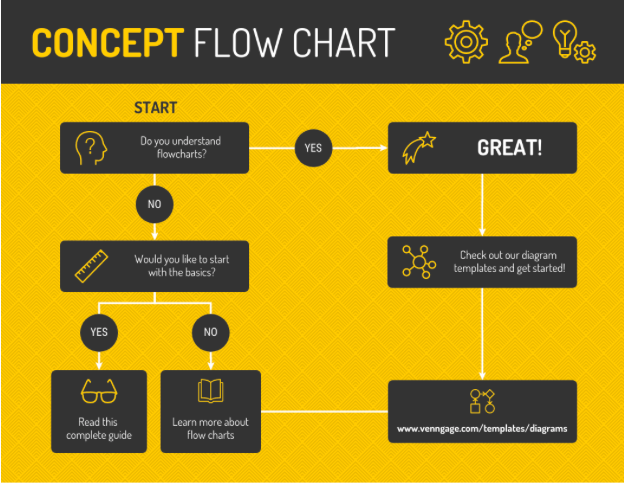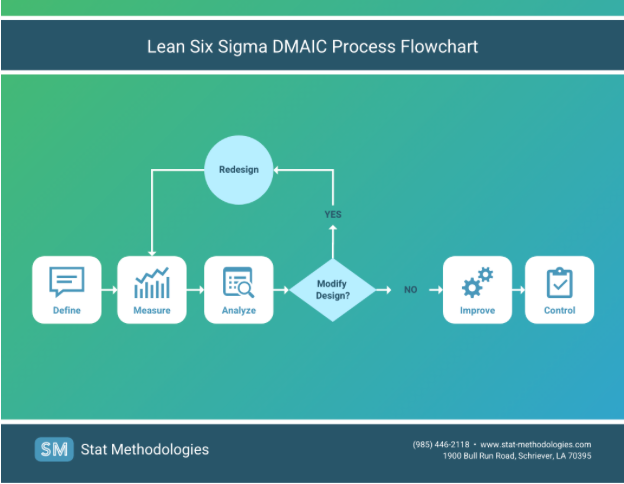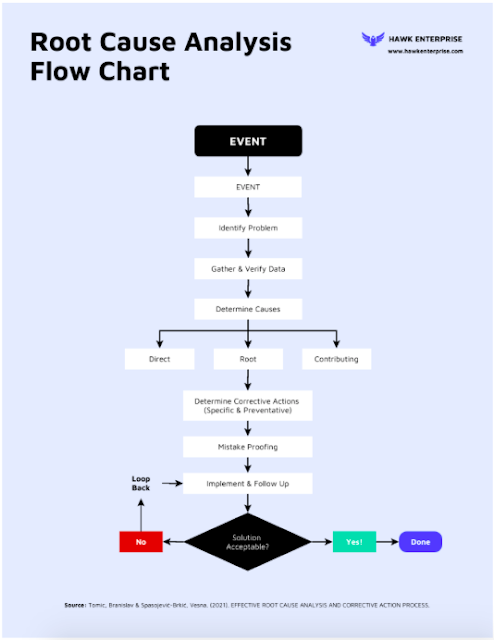10 Biggest Mistakes When Making Flow Charts

Flow charts are a great tool for organizing thoughts or information in a linear format. They're perfect for when you need to visualize the steps in a process, or if you need to show how something is achieved. It's also good for showing what decisions have been made at each step of the project.
What Is a Flow Chart?
Flow charts are diagrams that show the steps in a process, workflow, or system. They make it easy to visualize what's happening and identify potential problems along the way.
Benefits of Using Flowcharts
Here are some of the most common reasons why people use flow charts:
- To create documentation for any kind of repetitive task.
- To show the steps in a process.
- To troubleshoot or diagnose a problem.
- As part of the design process for a new product or system.
10 Mistakes When Making a Flow Chart
Many people aren't aware of the mistakes they make when creating a flow chart. As in any process, practitioners tend to fall back on their old habits once they get in the zone. Even if you're in the right ballpark with some of these issues, each is important enough that it could invalidate your whole flow chart.
Here are the 10 biggest mistakes you can make when creating a flowchart:
1. Not knowing your purpose.
If you don't know what you're trying to accomplish, then there isn't much point in making a flow chart. You need to have a good idea of what it is that you're trying to show or explain before putting pen to paper (or fingers to keyboard).
2. Not using standard symbols.
One of the biggest problems with flow charts is that they can be very confusing if the symbols aren't standardized. If you're using a software program to create your flow chart, make sure you're using the same symbols as everyone else.
3. Not being clear about the steps.
One of the main purposes of a flow chart is to show the steps in a process. If your symbols are standardized, but your steps aren't, then you're defeating the purpose. Make sure each step is clear and concise, and that it flows logically from one to the next.
4. Leaving out important details.
If a step in your flow chart is missing a detail that would help to explain it, then your chart becomes useless. Make sure you include every important detail and any information which might be necessary in order for someone to complete the task in question successfully.
5. Including too much information.
A flow chart should not include extraneous details or explanations. You can always add supplemental notes if necessary, but the chart itself should be as concise as possible.
6. Making the steps too complicated.
If the steps in your process are too complicated, then your flow chart will be difficult to understand and use. Make sure each step can be completed without too much confusion or guesswork.
7. Including irrelevant information.
In order to be concise, a flow chart should not include any irrelevant information. If you have too many details in there, the whole thing becomes meaningless.
8. Reversing or skipping steps.
The order of each step must always be correct if your chart is going to make sense and help you accomplish your goal. Make sure that every step leads logically to the next, and that there is no backtracking or skipping of steps.
9. Drawing the flow chart by hand.
Unless you're a skilled artist, drawing a process flow chart by hand can be a real challenge. It's difficult to get everything to look neat and tidy, and it's easy to make mistakes. If you can, use a charting program to help you create your flowchart.
10. Using too many different types of symbols.
Different types of flow charts use different symbols, but in general, there should be no more than three or four different types used on anyone diagram. Too many symbols will only serve to confuse the person reading it, so don't get carried away.
One great tip when making flow charts is to use Venngage — an online infographic maker and flow chart maker that offers a wide range of free flow chart template for everyone to use. To give you an idea, here are some flow chart examples from Venngage.
 |
| Venngage |
 |
| Venn-gage |
 |
| Venngage |
If you're trying to show the steps in a process, then flow charts are one of your best tools. However, they can be difficult to create if you don't know what mistakes to avoid. Using standardized symbols and making sure that each step is logical will help keep things clear and concise for anyone who's reading it.
If you need additional guidance or assistance with creating an effective flowchart design, don’t forget to use Venngage. If you think you’re ready, start making your own flow chart and use it to make better decisions every step of the way!
